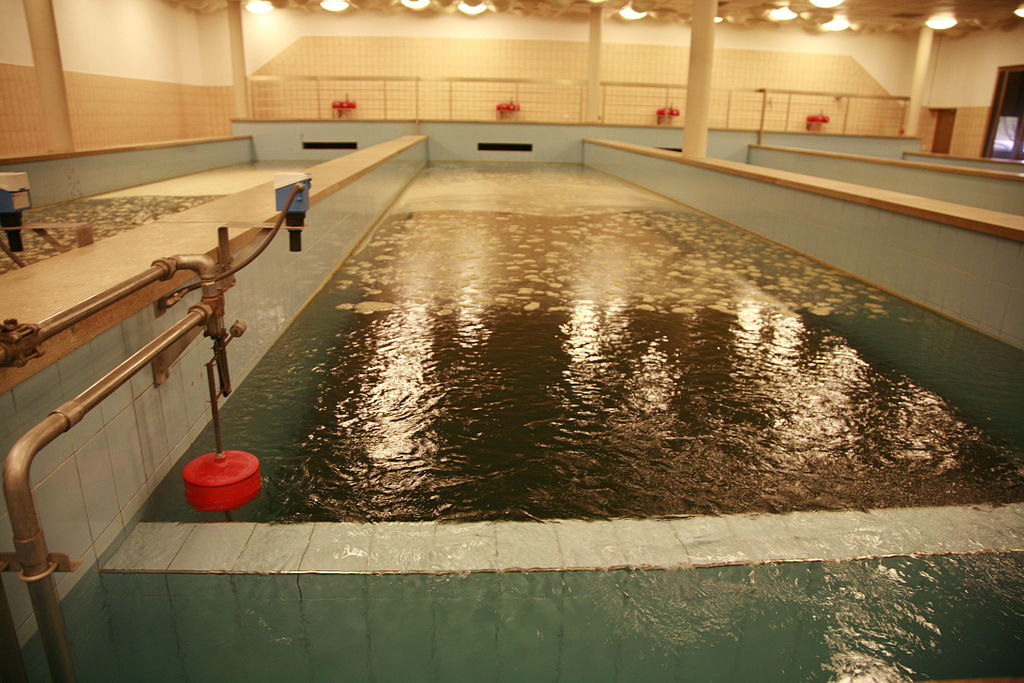By Jason Warner, GOPC Manager of Government Affairs GOPC, with colleagues from County Commissioners Association of Ohio, Ohio Municipal League and The Ohio State University Extension, recently met with Karen Mancl, a professor at The Ohio State University College of Food, Agriculture, and Environmental Sciences to learn about drinking water and wastewater management processes in Ohio and to build on GOPC’s knowledge and expertise in this important issue area. As part of the meeting, GOPC embarked on a tour of the Westerville Water Treatment Plant to observe all of the necessary treatment steps in order to deliver clean, high-quality drinking water to homes and businesses in Ohio.
In Ohio, drinking water regulations are governed by two separate statues, the federal Safe Drinking Water Act of 1974, and Ohio Revised Code (ORC) Chapter 6109, the Safe Drinking Water statute. While the federal Safe Drinking Water Act develops national drinking water standards and establishes requirements for treatment, monitoring, and reporting by public water systems, ORC 6109 enables the state to assume and retain primary enforcement responsibilities of the state’s public water systems (by definition, any water connection that contains at least 15 connections and regularly serves an average of at least 25 people at least 60 days per year).
Water Treatment Plant. Source: Wikicommons
Since first enactment, the number of drinking water standards public systems must meet has increased significantly, with more than 160 standards now required. These standards include primary regulations designed to protect the public health (which are enforceable and, if not met can result in criminal prosecution for officials involved) and secondary recommended standards, which regulate everything from taste, odor, and appearance and are designed to help protect the public welfare. To meet these standards, drinking water must go through several “treatment barriers” that are designed to ensure all requirements are met.
While touring the Westerville Water Treatment Facility, we observed these treatment barriers in action. Westerville’s water, which is sourced via Alum Creek, is pumped into the facility and goes through the first barrier known as “clarification.” Through clarification, the water is pre-chlorinated for algae control to remove any biological growth in the water, and coagulation via slow-sand filtration, again to remove any remaining biological growth. These phases are designed to separate any solid materials which could be in the water, and are critical to the primary regulation process designed to protect the public health.
Next, the water goes through a filtration process to remove any particles from the water. This is done by pumping the water into large storage tanks that contain carbon. The filter, which is 2 to 3 stories tall, acts in the same manner as an in-home water filter attached to a faucet. Finally, the water goes through a third and final disinfection process where it is treated with chlorine to kill any remaining bacteria or pathogens. From start to finish, the process takes roughly 14 hours and Westerville treats up to 4 million gallons of water each day for a system that serves up to 60,000 residents and daily workers in the city.
Learn more about the water treatment process and visit GOPC’s Water and Sewer Infrastructure page to access the latest news as well as GOPC research and analysis of solutions to modernizing Ohio’s water and sewer infrastructure systems.
Finally, special thanks to GOPC Board Member, Cheryl Subler with the County Commissioners Association of Ohio, for arranging this great “all access” educational session and tour.


